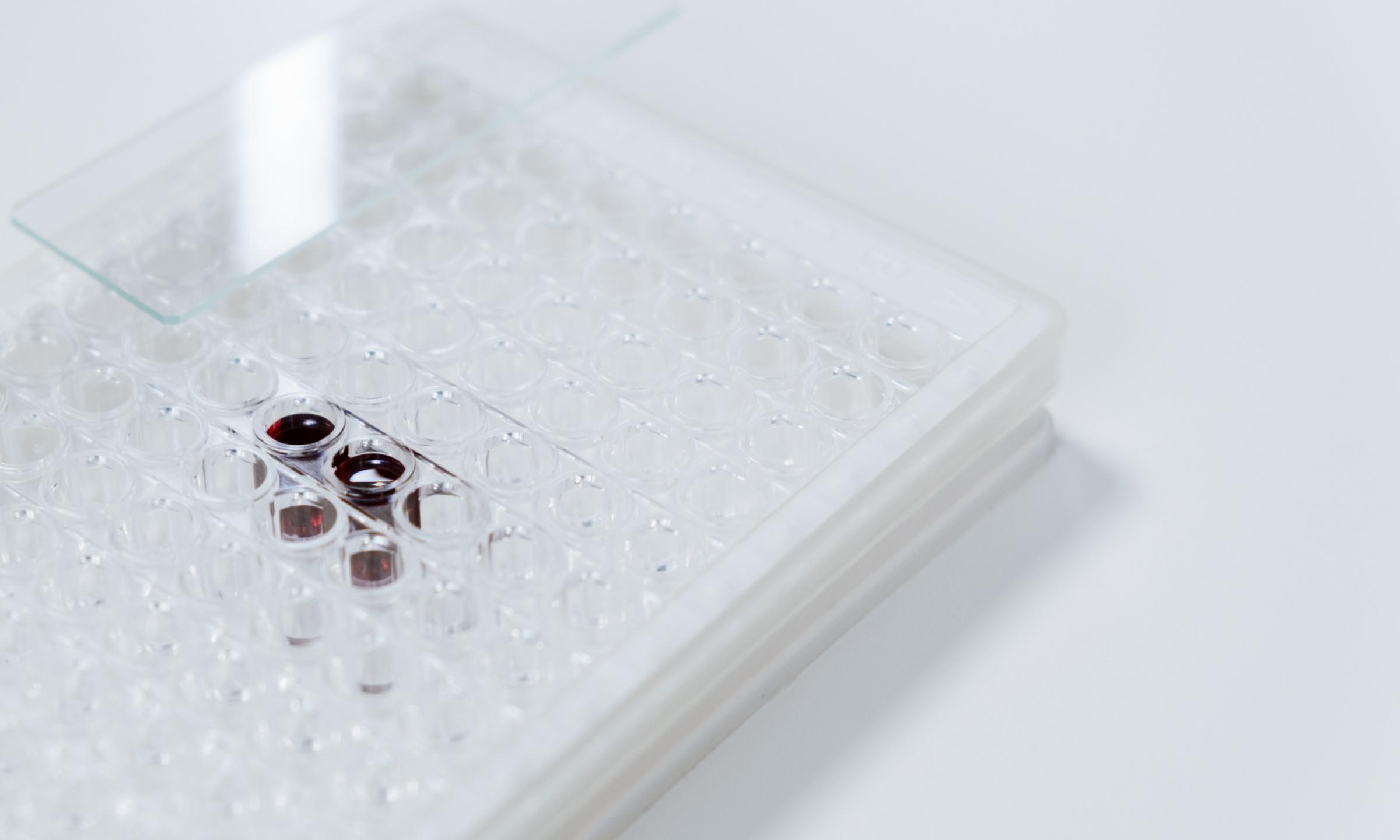
Data science in healthcare

What doesn't create data these days? From wearable healthtech to electronic medical records to every click and tap and swipe on our screens, how we interact with our devices and the technology ecosystem has created enormous amounts of information — big data that's simply more than traditional data processing can handle. However, the true value of this data doesn't come from its sheer size but rather what can be gleaned from it — and that value touches nearly every part of our healthcare system.
How data science fits into healthcare
Healthcare has come a long way in a relatively short amount of time. Even a decade ago, electronic medical records were relatively uncommon, and patient data was collected in chicken-scratch in paper files. But as our devices became more advanced, so did the ways we collect and store information.
Now, data science is more than a nice-to-have for medical practices. By taking advantage of all the information created by patients, healthcare providers and patients enjoy a number of benefits, including:

And those benefits are just the start. Data science underpins value-adding applications across the healthcare industry, wherever time-saving streamlines and intelligent analytics are needed.
Applications across healthtech
No other industry generates the sheer quantity of data that healthcare does — a third of the world's data volume. With all of that big data available, new technologies are advancing quickly to tap it to improve care and make the entire system more efficient and profitable. Here are just a few ways the industry is wrangling those masses of information to advance medicine.
Medical image analysis
Medical images, including X-rays and CT scans, require an experienced eye, extensive training, and hours to parse. Moreover, medical errors from missed diagnoses can put patients at risk and increase costs. But with the help of applied machine learning, processing these images has become both a faster and more accurate endeavor.
Tracking patient health
The market for wearable health technology and devices interconnected with the Internet of Medical Things has expanded recently, seeing $1.7 billion in venture funding in 2021. These devices and the data they create are doubly useful: Doctors benefit from the ability to more closely monitor their patients, thereby providing more informed care, while patients benefit from the information transparency of these devices. When patients are empowered to monitor their own health data points, such as blood glucose levels or resting heart rates, health outcomes are more likely to improve.
Drug discovery
Researching and developing drugs is incredibly expensive and time-consuming — a staggering $985 million per product by one estimate. Advancements in data science, however, have paved the way for a more robust drug discovery process that helps cut down on repetitive testing, which is part of why it’s so expensive. For example, by eliminating silos and integrating datasets with AI tools, AstraZeneca has begun to shorten its discovery timeline for drugs for chronic kidney disease and idiopathic pulmonary fibrosis, which are both difficult diseases to develop drugs for. By surfacing relevant data and analyzing trends in patient populations, AI helps scientists make data-driven decisions and prioritize their work.
Predictive analytics
Medicine has always relied on trial and error and observing patients to determine which treatments and medications provide them with the best outcomes. However, many of these observations could only be made through testing long after a patient had started a particular therapy — or a disease had progressed.
The overall market for predictive analytics is estimated to reach $38B by 2028, which means there's tons of opportunity within predictive analytics in healthcare, where insights fueled by aggregate patient data can improve the medical decision-making process and patient satisfaction. Armed with a more comprehensive set of data related to a particular condition, medical staff can ensure that a single patient benefits from strategic and informed care management that considers their entire patient history or patterns within groups of similar patients.
Preventative care
Recently, healthcare has shifted from emphasizing intervention care — medication and surgery, for example — to emphasizing preventative care, such as diet, exercise, and greater awareness of genetic predispositions. This emphasis on preventative care reduces costs, identifies gaps in chronic disease management, and shows more substantial outcomes than intervention care alone, and it's powered in no small part by the proliferation of data within the healthcare industry.
Healthcare faces challenges across fronts — novel treatment methods, siloed systems that cry out for interoperability, and a seismic shift from intervention to prevention, not to mention the strains and demands of industry compliance and an aging population in need of more care. All of these can be eased with data science. By organizing, structuring, and analyzing the troves of information providers and their patients are already producing, healthcare can become more flexible, cost-effective, and empathetic.





